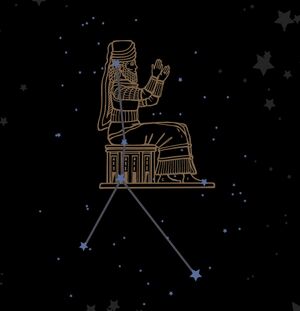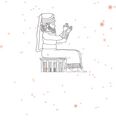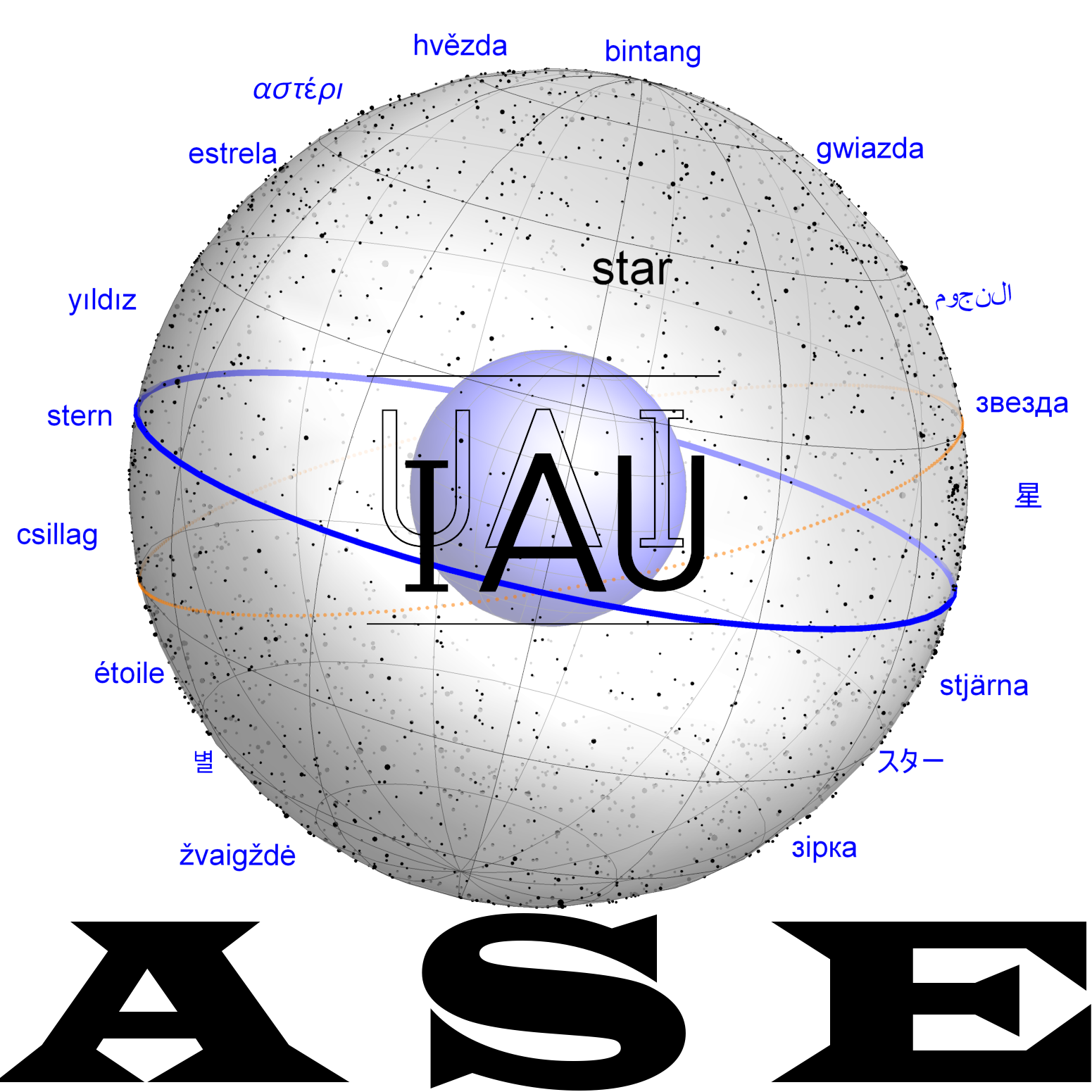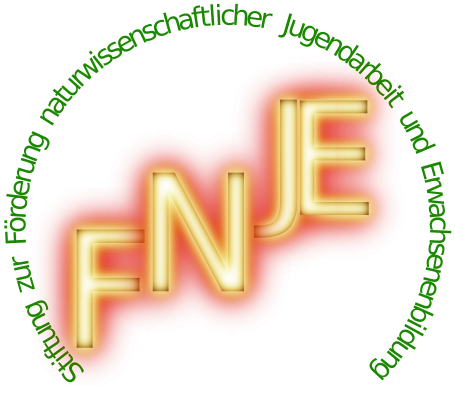Cancer
One of the 88 IAU constellations. The name "Crab" for this area is attested since the Babylonian compendium MUL.APIN, but there are alternative names such as "northern and southern donkey" for the two bright stars next to the star cluster M44, Praesepe for the star cluster, "The Seat of [sky god] Anu" for the box-shaped pattern of stars around the star cluster (where "the seat" of any Babylonian god is ambiguously his throne and his temple).
Etymology and History
Origin of Constellation
Cancer is documented as a constellation as early as the -2nd millennium, although there are only faint stars in this region of the sky and it was and is difficult to imagine an animal in it. An eye-catching open star cluster glitters conspicuously on moonless nights. It is called Praesepe (Latin for the manger), and the names of the two little stars next to the star cluster also fit this image: ‘northern’ and ‘southern donkey’.
Both the name for the star cluster and the names of the stars bordering it are already documented in antiquity. Ptolemy mentions these names in the Almagest star catalogue, Aratos mentions them, and Eratosthenes presents two completely different, somewhat far-fetched stories for them. Since we know that the constellation of Cancer was adopted from Babylon and, therefore, a Greek tale had to be invented for it, the star legends could indicate a deliberate merging of the Babylonian image with that of another subculture in Alexander's empire to form a new Greek image. However, it could also be that the name ‘donkey’ is derived from a double meaning of the cuneiform symbol: Over time, the original cuneiform characters were increasingly simplified and in late Babylonian times (i.e. in Greek times), the sign for ‘crab’ can also be read as ‘10’ and ‘foot’, whereby the sign for foot also had the secondary meaning of mule. This ambiguity of the symbol could have inspired Babylonian scholars to play with words or led to a Greek misunderstanding. If this celestial region, without a distinctive pattern, is described as a footprint, this fits humorously with the Greek myth that Heracles is said to have crushed the crab. The secondary meaning ‘mule’ of the cuneiform symbol may explain why the constellation is understood by some as a crab and by others as a (muzzled) donkey. However, in cuneiform script one would read either ‘the crab’ or ‘ten mules’, which is why the designation of the two stars is a later attribution.
In any case, the donkeys are not a Babylonian constellation. In MUL.APIN, the constellation ‘Cancer’ is described as the ‘seat of the god Anu’. An(u) is the Sumerian and Babylonian god of the sky. He may even have had a superior role as the supreme god in Sumerian times. In any case, he was always one of the most important gods in the pantheon. Before the city god, Marduk became the highest god as a result of the political rise of Babylon, the triumvirate of gods Enlil, Anu and Ea formed the highest authority, and so these three gods were each assigned a section of the sky parallel to the equator in the emerging mathematical astronomy of the -2nd millennium.
A square on the celestial equator represents the location of Ea. The seat of Anu is the square of faint stars around the star cluster Praesepe. Sumerian gods were depicted sitting on a square, whereby the ‘seat’ in the literal sense means a throne - perhaps intentionally ambivalent - the temple of the respective god. The fact that there is a cluster of stars on or in the seat of the sky god An(u) is, in any case, very plausible. It is not impossible that this was the original image, as it takes little imagination to visualise a square.
In Roman times, the mnemonic bridge is built in poetry that the stars are called ‘Cancer’ because the sun starts its crab course (backwards) from this position over the course of the year. This reference to the vague figure in relation to the summer solstice might be a late reinterpretation for didactic purposes and is not documented in mythology.
The fact that the stars of Cancer only shine dimly and cannot be observed at twilight was a problem for ancient civilisations, who determined their calendars based on the heliacal rising of the stars. For Mesopotamia, it is therefore very likely that the rising of the bright star Procyon was observed instead, as this star rises at the same time as Cancer and achieves twilight visibility.
Babylonian
Greco-Roman
Aratos
Eratosthenes
Both variants as reconstructed in Greek by Pamias and Zucker (2013).
Var. 1
He is said to have been placed among the constellations by Hera, because, while the others were fighting alongside Heracles when he destroyed the Hydra [all alone], the Crab emerged from the marsh and bit the hero on the foot, according to Panyasis in his Heraclea. It seems that Heracles then crushed it furiously under his foot. That is why the Crab obtained the considerable honour of being counted among the twelve signs of the zodiac.
Some of these stars are called ‘the Asses’; it was Dionysus who raised them among the constellations; they are also marked by the presence of the Manger beside them. Here is their story: when the gods launched their offensive against the Giants, it is said that Dionysus, Hephaestus and the Satyrs set off riding on donkeys. When they were near the Giants, and even before the latter were in sight, the donkeys began to bray; when they heard the sound of their voices, the Giants fled. It is for this reason that the Donkeys had the honour of appearing in the constellation of the Crab on the western side.
The Crab has two bright stars on its shell: these are the Asses. The nebulous cluster is the Manger, which can be seen in the centre of the Crab, and it looks as if the Asses are standing next to it. The Crab has one star on each of its legs on the right side, two bright ones on the first leg on the left side, two on the second, one on the third and, similarly, one on the tip of the fourth, one on the mouth, three on the right claw and two similar and smaller ones on the left claw.
In total, there are eighteen.
Var. 2
The Crab is said to have been placed among the constellations by Hera; for when Heracles destroyed the Hydra, it sprang out of the marsh and bit him on the foot.
Another story is also told about them: when the gods, as has been said, launched their offensive against the Giants, Dionysus, Hephaestus and the Satyrs set off riding on donkeys; when they were near the Giants, and even before the latter were in sight, the donkeys began to bray; when they heard the sound of their voices, the Giants fled.
It is for this reason that donkeys were honoured and placed among the constellations.
The crab has two bright stars on its shell. It has one star on each of its right legs, one on its left leg, three on its right claw and two on its left claw. Twelve in total.
Ovid, Fasti 1
[311] Therefore when the third night before the Nones has come, and the ground is sprinkled and drenched with heavenly dew, you shall look in vain for the claws of the eight-footed Crab: headlong he’ll plunge beneath the western waves. (James George Frazer (1931)
Hipparchus
Hyginus, Astronomica
The Crab is said to have been put among the stars by the favour of Juno, because, when Hercules had stood firm against the Lernaean Hydra, it had snapped at his foot from the swamp. Hercules, enraged at this, had killed it, and Juno put it among the constellations to be one of the twelve signs which are bound together by the circuit of the sun.
In one part of its figure there are certain stars called Asses, pictured on the shell of the Crab by Liber with two stars only. For Liber, when madness was sent upon him by Juno, is said to have fled wildly through Thesprotia intending to reach the oracle of Dodonaean Jove to ask how he might recover his former sanity. When he came to a certain large swamp which he couldn't cross, it is said two asses met him. He caught one of them and in this way was carried across, not touching the water at all. So when he came to the temple of Dodonaean Jove, freed at once from his madness, he acknowledged his thanks to the asses and placed them among the constellations.
Some say he gave a human voice to the ass which had carried him. This ass later had a contest with Priapus on a matter of physique, but was defeated and killed by him. Pitying him because of this, Liber numbered him among the stars, and so that it should be known that he did this as a god, not as a timid man fleeing from Juno, he placed him above the Crab which had been added to the stars by her kindness.
According to Eratosthenes, another story is told about the Asses. After Jupiter had declared war on the Giants, he summoned all the gods to combat them, and Father Liber, Vulcan, the Satyrs, and the Sileni came riding on asses. Since they were not far from the enemy, the asses were terrified, and individually let out a braying such as the Giants had never heard. At the noise the enemy took hastily to flight, and thus were defeated.
There is a story similar to this about the shell of Triton. He, too, when he had hollowed out the trumpet he had invented, took it with him against the Giants, and there blew strange sounds through the shell. The Giants, fearing that some wild beast had been brought by their adversaries, took to flight, and thus were overcome and came into their enemies' power. (Mary Ward 1960)
Geminos
Almagest Καρκίνος.
| id | Greek
(Heiberg 1898) |
English
(Toomer 1984) |
ident. |
|---|---|---|---|
| Καρκύνου ἀστερισμός. | |||
| 1 | τῆς ἐν τῷ στήθει Φεφελοειδοῦς συστροφῆς καλουμένης Φάτηης τὸ μέσου | The middle of the nebulous mass in the chest, called Praesepe | M44 |
| 2 | τοῦ περὶ τὸ νεφέλιου τετραπλεύρου τῶν προηγουμένωυ β' ὁ βορειότεροςὁ βορειότερος | The quadri!ateral containing the nebula: the northernmost of the two stars in advance | eta Cnc |
| 3 | ὁ νοτιῶτερος τῶν προηγουμένωυ β' | The quadri!ateral containing the nebula: the southernmost of the two stars in advance | tet Cnc |
| 4 | τῶν ἐπομένων τοῦ τετραπλεύρου β καλουμένων δὲ Ὅνων ὁ βόρειος | The quadri!ateral containing the nebula: the northernmost of thc rear 2 stars on the quadrilateral, which are called 'Aselli' | gam Cnc |
| 5 | ὁ νότιος τῶν προειρημένων β. | The quadri!ateral containing the nebula: the southernmost of these two | del Cnc |
| 6 | ὁ ἐπὶ τῆς νοτίου χηλῆς | The star on the southern claw | alf Cnc |
| ὁ ἐπὶ τῆς βορείου χηλῆς | Thc star on the northcrn claw | iot Cnc | |
| ὁ ἐπὶ τοῦ ὀπισθίου βορείου ποδός | The star on thc northern back leg | mu Cnc | |
| ὁ ἐπὶ τοῦ ὀπισθίου φοτίου ποδός. | The star on the southern back leg | bet Cnc | |
| ἀστέρες θ, ὧν δ’ μεγέθους ξ, ε’ ἂ, νεφελοειδὴς ἂ. | 9 stars, 7 of the fourth magnitude, 1 of the fifth, 1 nebulous | ||
| Οἱ περὶ τὸν Καρκίνου ἀμόρφωτοι. | Stars around Cancer outside the canstcliation | ||
| ὁ ὑπὲρ τὸν ἀγκῶνα τῆς νοτίου χηλῆς. | The star ovcr the joint in the southern c!aw | pi Cnc | |
| ὁ ἐπόμενος τῷ ἄκρῳ τῆς νοτίου χηλῆς. | The star to thc rear of the tip of thc sauthern claw | kap Cnc | |
| τῶν ἐπομένων ὑπὲρ τὸ νεφέλιον β ὁ προηγούμενος | The more advanced afthe twa stars over the nebula and ta the rearofit | nu Cnc | |
| ὁ ἐπόμενος αὐτῶν | The rearmost of thcse [two] | xi Cnc | |
| ἀστέρες ὅ, ὧν δ’ μεγέθους β, ε’ β. | 4 stars, 2 of the fourth magnitude, 2 of the fifth |
Transfer and Transformation of the Constellation
Mythology
Greek
Eratosthenes writes about the crab that was transferred to heaven by Hera. When Heracles fought the Hydra, the crab jumped out of the water and painfully pinched Heracles' foot. Enraged, Heracles crushed the crab, but Hera thanked him for his courageous endeavour by turning him into a star. Eratosthenes recites that it was an honour for the crab to be trampled by Heracles.
Eratosthenes reports that the donkeys were the mounts of the gods Dionysus, Hephaestus and the satyrs. After the Titans had fallen, the Greek gods fought against the monstrous giants. As they approached the giants, the donkeys began their characteristic cries of ‘hee-haw’. As the giants had never heard anything like this before, it probably frightened them so much that they fled before the gods even saw them.
Roman
Cultural Images
Weblinks
- Ridpath, Ian, “Star Tales: online edition”.


















